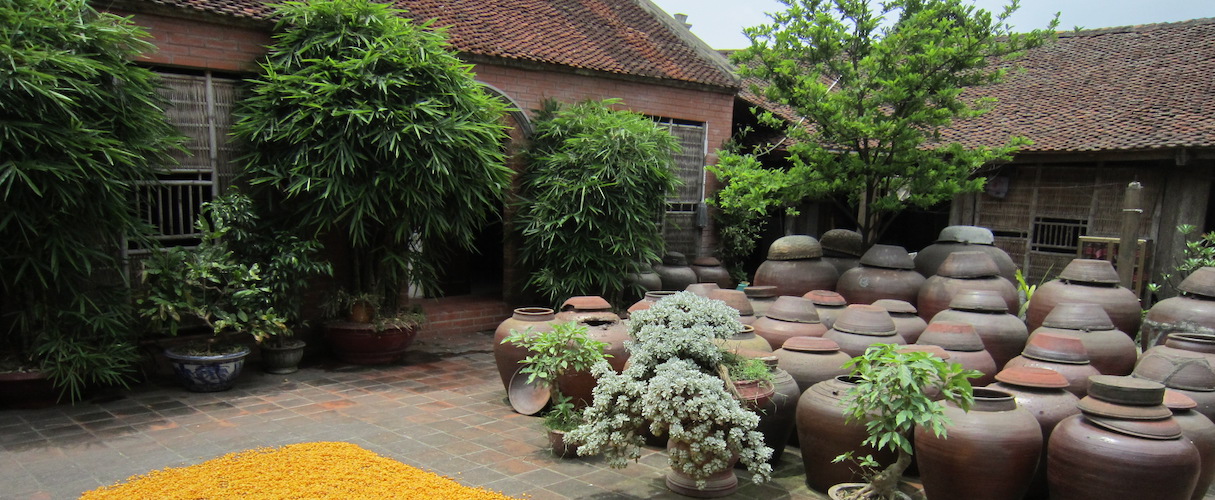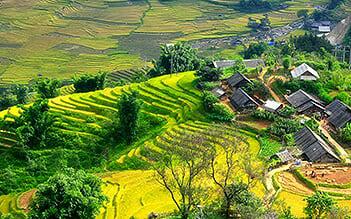Overview
Duong Lam ancient village is located in Son Tay district, Hanoi, about 44km from the city center. Duong Lam is the hometown of Ngo Quyen and Phung Hung, so it is called "the land of two kings."
Until now, Duong Lam village still retains the basic features of a village in the North with village gates, banyan trees, water wharves, and temple yard with 956 traditional houses. In 2006, Duong Lam became the first ancient village of the country, which was awarded by the State as a national cultural and historical monument. You can take a Thay Pagoda - Tay Phuong Pagoda - Duong Lam Village full-day tour to get there.
What to see in Duong Lam Village
Mong Phu Village Gate
This is the only ancient gate left to this day in Duong Lam. The village gate was built from the time of the Hau Le Dynasty, with a different architectural style compared to the traditional village gate, like a house with two sloping roofs, a roof support column and a rooftop.

Duong Lam Ancient Village
Mong Phu Village Hall
Mong Phu Hall village was built nearly 380 years ago on a central land of the village, about 1800m2 wide. The design of the family is characterized by Vietnamese - Muong architecture, simulating the architecture of stilt houses with wooden floors. It consists of two palaces and a harem.
The big house is built by 48 wooden columns, above each column has an engraving station with many dragon and phoenix-shaped patterns. Inside the house, there are lots of distiches. It also preserves many particular values of architecture and culture.
Ancient houses
Duong Lam ancient village has 956 old houses, including many houses built in the years 1649, 1703, or 1850.
These old houses are made of traditional materials such as laterite, bamboo, terracotta bricks, or tiles with 5 or 7 compartments architecture.

Duong Lam Village
Ngo Quyen Tomb and Temple
With Hanoi excursions, you will also visit Ngo Quyen's temple and tomb complex built on Cam hill. The front is a large rice field and puddle flowing to the Tich river. The temple consists of a place of worship, a grand palace, a harem, and a stele house. About 100m away from the temple is the King Ngo mausoleum built in the form of 4 high, wall-mounted roofs.




